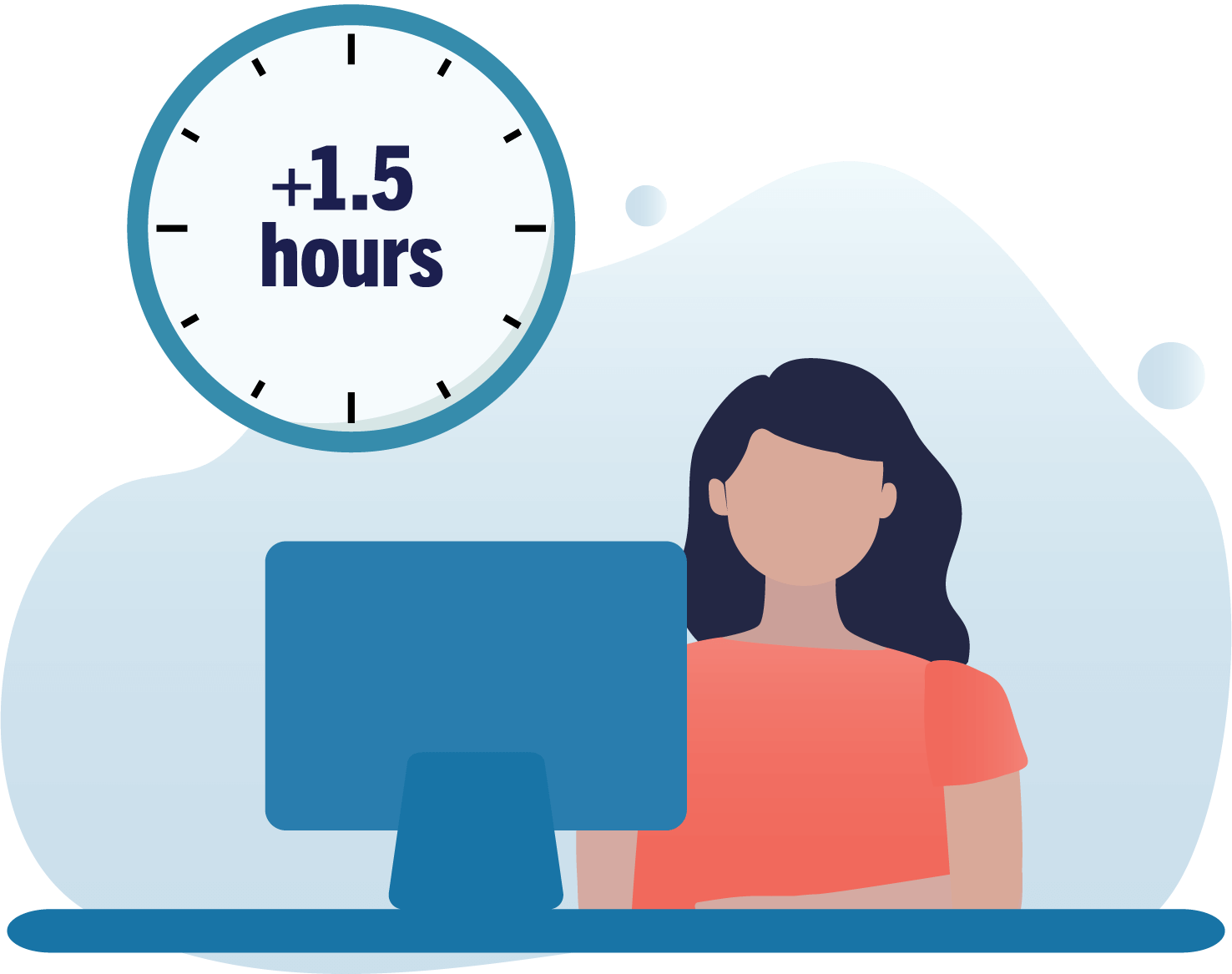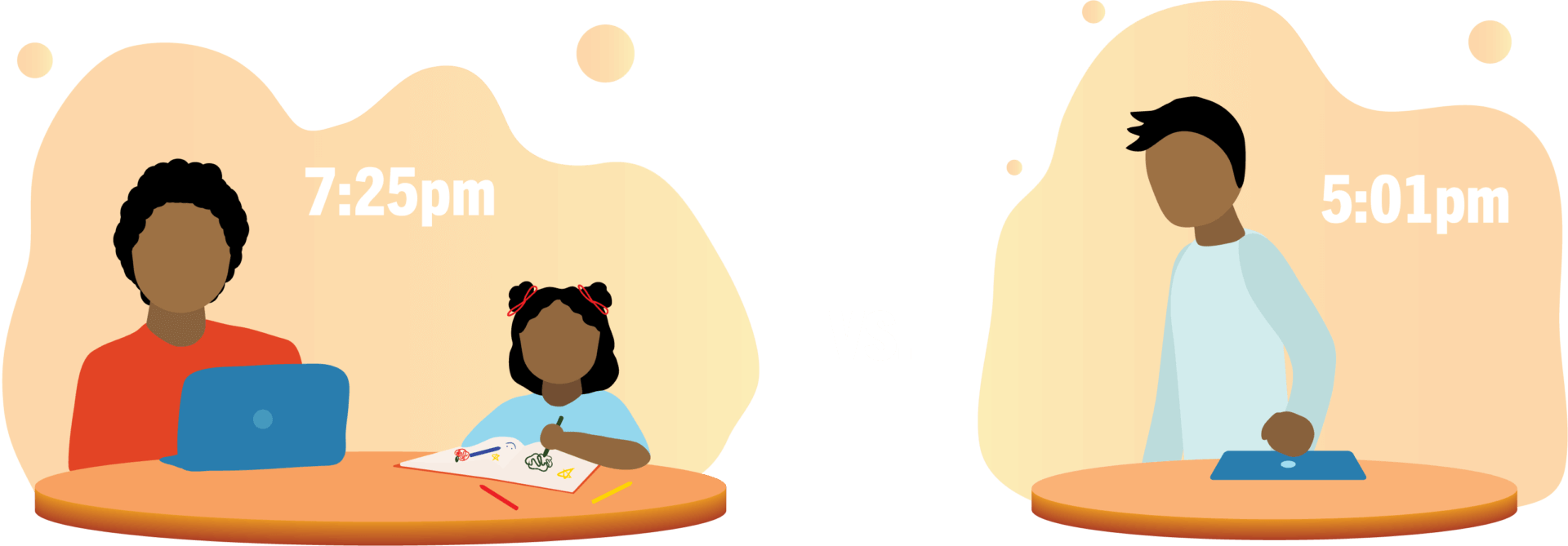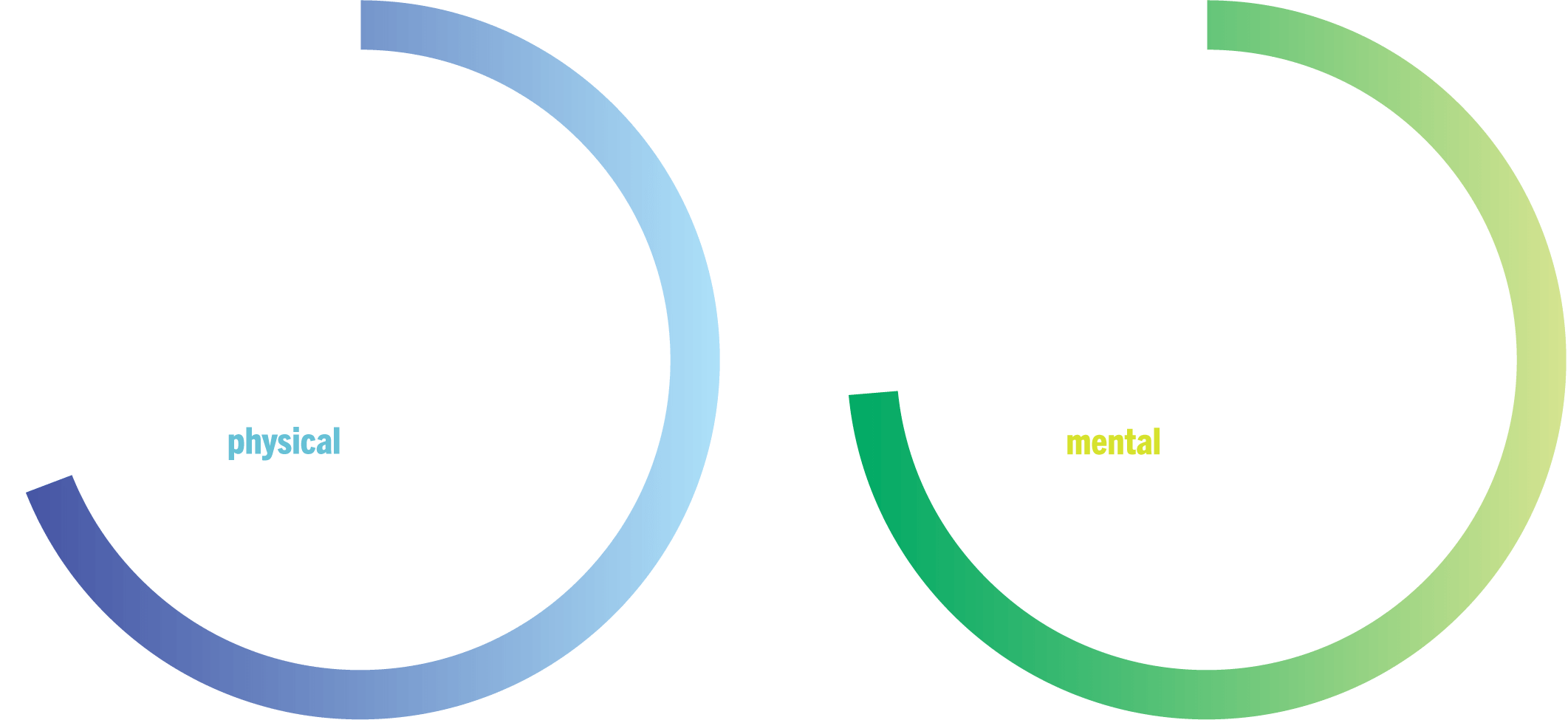How Working from Home Changed Us

Last spring saw a mass migration from office work to working from home as a result of the global COVID-19 pandemic. To assess the impact of that shift, USC researchers surveyed a random sample of working-aged individuals in the U.S.
The researchers included Burcin Becerik-Gerber, Dean’s Professor of Civil and Environmental Engineering; Gale Lucas, research assistant professor at the USC Institute for Creative Technologies; and Shawn Roll, associate professor in the USC Chan Division of Occupational Science and Occupational Therapy. Together, they analyzed responses from nearly 1,000 people detailing everything from physical and mental health impacts to how different workspace setups affected productivity. Below are some of their findings.

1) Working from home means an average of 1.5 hours more time spent at home workstations than when in a typical office setting. This was particularly true of people working in the health care and social services sectors.

2) School-aged children, especially younger ones, need more guidance and supervision with the addition of remote learning. Workers with school-aged children at home reflected this additional burden, reporting spending significantly longer at their workstations than those without children.

3) Physical and mental well-being corresponded positively with productivity. At the same time, 64.8% and 73.6% of respondents reported new physical and mental health issues, respectively.
 4) Teenagers seem to be a game-changer. Those with teenagers at home, on average, did not report new physical or mental health issues, and reported greater productivity than those without teenagers at home.
4) Teenagers seem to be a game-changer. Those with teenagers at home, on average, did not report new physical or mental health issues, and reported greater productivity than those without teenagers at home. 5) Female respondents and those in the lowest income groups (with annual salaries less than $100,000) reported having new health issues in two or more categories more frequently than males and those in higher-salary categories.
5) Female respondents and those in the lowest income groups (with annual salaries less than $100,000) reported having new health issues in two or more categories more frequently than males and those in higher-salary categories.



